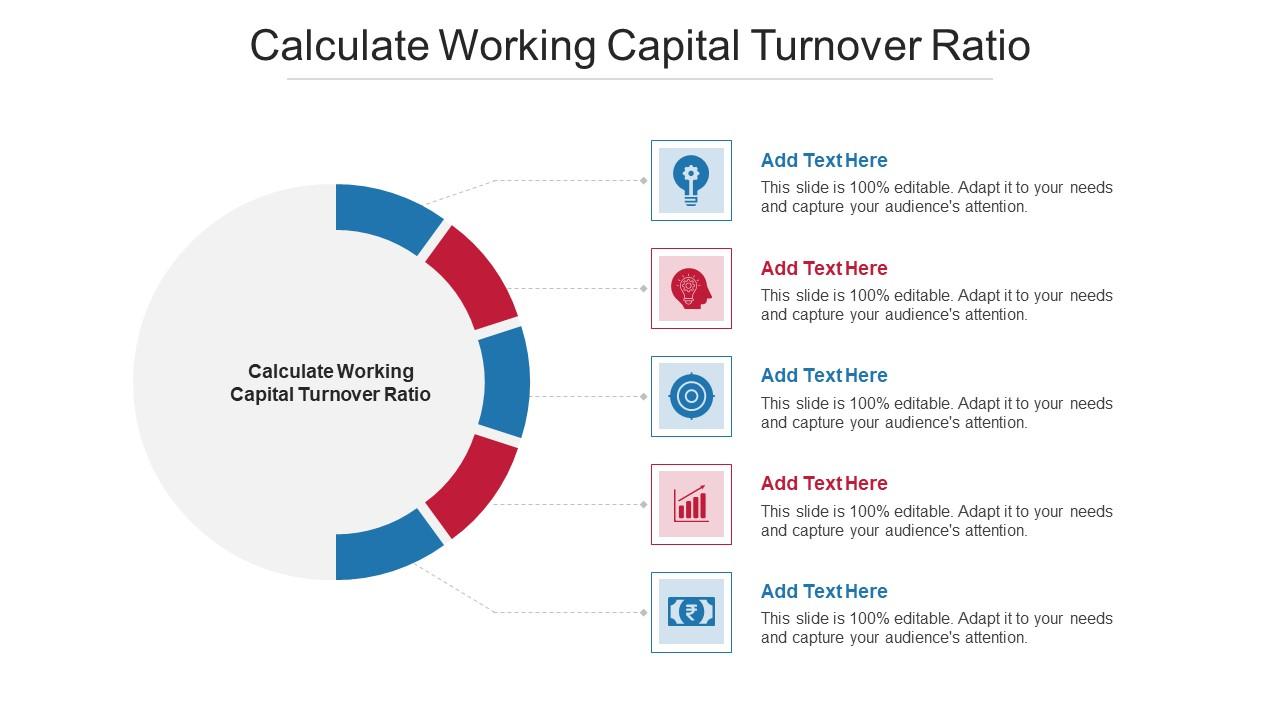Home>Finance>Maturity Mismatch: Definition, Example, Prevention


Finance
Maturity Mismatch: Definition, Example, Prevention
Published: December 23, 2023
Discover the meaning, examples, and strategies to prevent maturity mismatch in finance. Enhance your financial knowledge with this comprehensive guide.
(Many of the links in this article redirect to a specific reviewed product. Your purchase of these products through affiliate links helps to generate commission for LiveWell, at no extra cost. Learn more)
Understanding Maturity Mismatch in Finance
When it comes to managing finances, understanding the concept of maturity mismatch is crucial. But what exactly is maturity mismatch, and why is it important?
Maturity mismatch refers to a situation where the maturities of assets and liabilities within a particular financial institution or entity do not align. In simpler terms, it means that the timeframe for paying off debts or receiving funds from investments does not match the timeframe of the related obligations or commitments.
Key Takeaways:
- Maturity mismatch occurs when the maturities of assets and liabilities do not align.
- It can lead to financial instability and potential risks for individuals and organizations alike.
Imagine a scenario where a company takes out a short-term loan with a repayment period of one year to fund a long-term project that will take five years to complete. In this case, the company’s liabilities are maturing on a shorter time frame than the project’s completion, creating a maturity mismatch. This situation can lead to financial instability and potential risks if the company is unable to manage the repayment effectively.
Maturity mismatch is not limited to businesses alone. Individuals can also experience this phenomenon. For example, taking on long-term loans, such as a mortgage, without considering the long-term financial implications can lead to significant challenges down the road.
So how can one prevent or manage maturity mismatch?
Here are a few strategies to consider:
- Match maturities: One of the key steps is to align the maturities of assets and liabilities as closely as possible. This can help reduce the risk of imbalance and decrease the exposure to potential financial challenges.
- Assess cash flows: Regularly evaluate your cash flows to ensure that you have enough liquidity to meet your financial obligations. This assessment can also help identify potential gaps in your financial planning and enable you to take proactive steps to address them.
- Diversify investments: By diversifying your investments across different maturities, you can spread your risks and mitigate the impact of maturity mismatch on your overall financial well-being.
- Seek professional advice: Engaging the services of a financial advisor can provide valuable insights and guidance on managing maturity mismatch. A professional can help assess your financial situation, identify potential risks, and develop an appropriate strategy to minimize any negative impact.
In conclusion, maturity mismatch is a critical concept to understand when it comes to financial planning. By aligning maturities, assessing cash flows, diversifying investments, and seeking professional advice, individuals and organizations can effectively manage the risks associated with maturity mismatch, safeguard their financial stability, and enhance their long-term financial well-being. It’s essential to stay informed, proactive, and adaptable when navigating the complexities of the financial world.














